My old school mate Will and I love music, and when we meet up it’s usually first on the topic of conversation. We both play a variety of instruments, but synthesisers are a unique beast. Pioneered by women and trans folks, then popularised by black American musicians, the synthesiser is omnipresent across popular music – and we love them!
The design and appearance of these instruments ranges from sleek and modern digital, to robust analog design classics – sound familiar? There are devotees of each side – with digital manufacturers claiming to have replicated that ‘analog feel’, and analog purists never converting their signal into cold, hard digital.
In the end I’m only interested in creating music, and making memories in photos. I thought this trip would be an interesting chance to combine a few of my interests, so I took along my trusty Olympus XA with a couple of rolls of cheap B&W film to document the day.
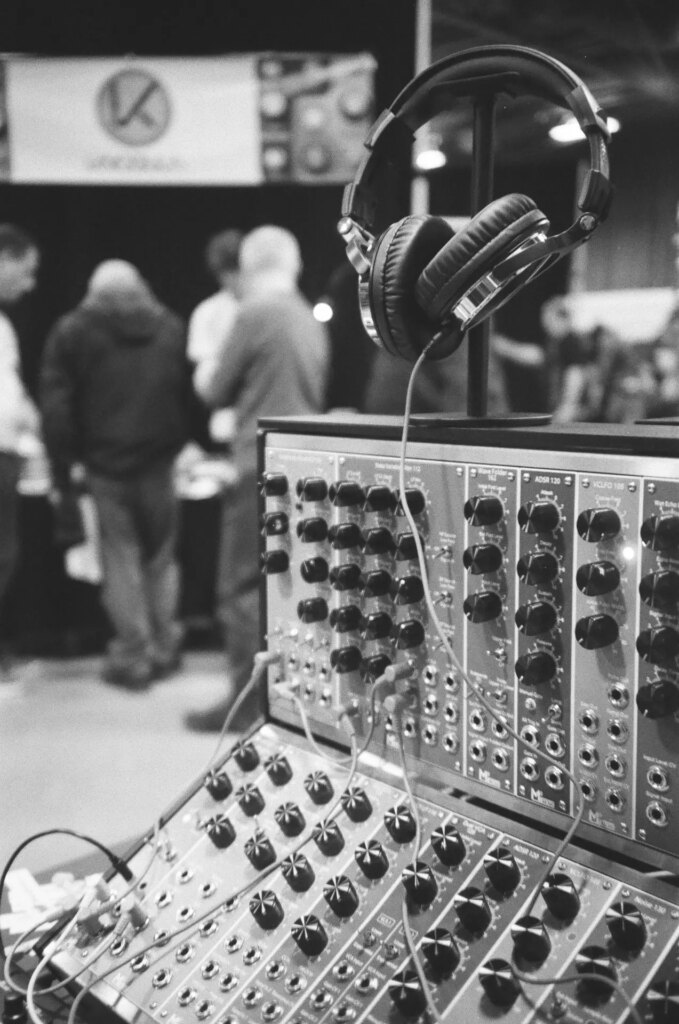
Why did I choose Rollei RPX400?
Firstly, it was the film I found at the intersection of best-reviewed, and cheapest B&W film stock across different websites. I had never used it before, and it cost half as much as a roll of Kodak Tri-X. The ISO 400 rating should be flexible enough for indoor shooting in good light, and I could have the option of indexing it at ISO 800 on my Olympus XA if needed to get faster shutter speeds out of the aperture priority mode. Users on Analogue Wonderland had suggested that it was a good ‘all rounder’ that would be forgiving if I were to mess up my exposures.
I didn’t really know much about Rollei branded film, so I had a look around for information online. As far as I can work out, Rollei RPX400 is made in the UK by Harman Technology (Ilford, Kentmere) along with the rest of the triacetate-based RPX range. All the rest of their products are polyester-based formulas passed down from Agfa, and made in Belgium by Maco.
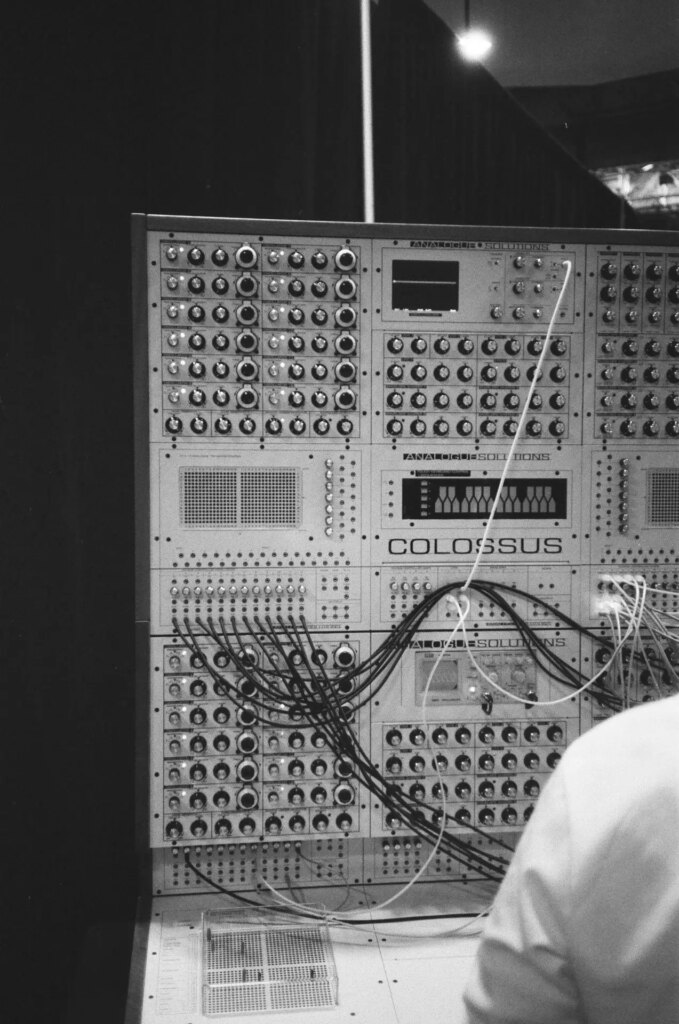
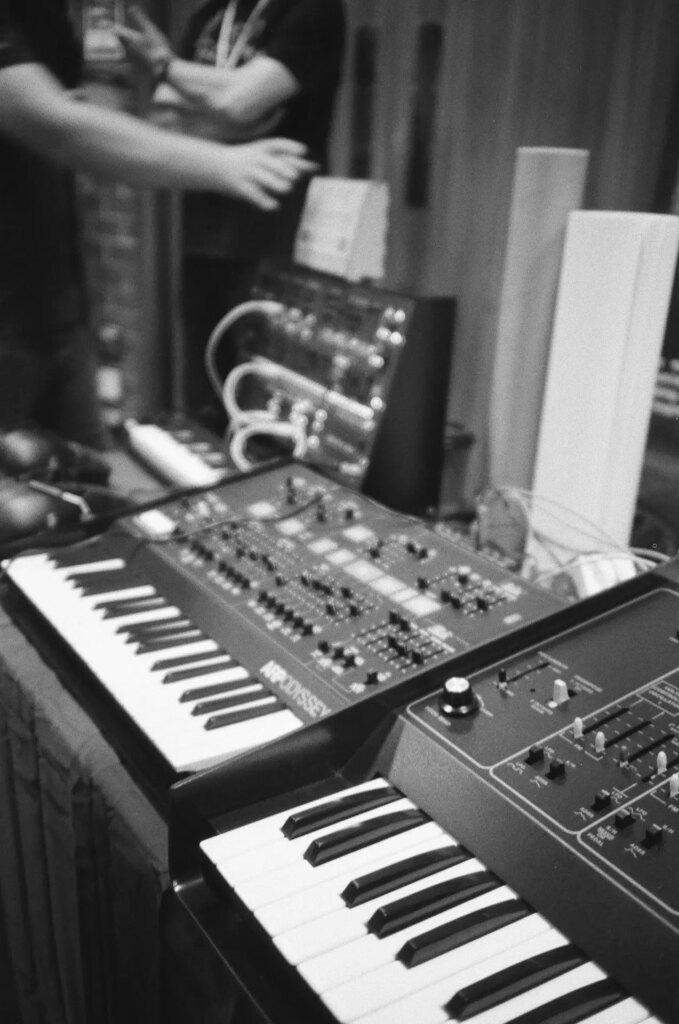
Did the results meet my expectations?
Ok so when I got there the lighting was lower than expected, so I had to index the film at ISO 800 and later ask the lab to push it +1 stop to compensate. This was so I could use a faster shutter speed on the XA which only has aperture priority mode. Looking at the results, the film retains enough shadow detail, although pushing the film has brought out a bit more grain, and I do feel that the highlights seem a bit ‘blown out’ on the keyboards, lights and hands more than I expected for only pushing one stop – however that could be do to with lighting at the venue. Overall Rollei RPX400 is cheap enough to not worry about trying it out here in the UK, but I’m conflicted as although the results are not bad, I just don’t think I’ll be rushing back to it again. Even though the grain is pleasant and it has it’s own character, I think my personal preference is for a film that is naturally a bit ‘edgier’ looking, so I’ll be continuing my search and trying out some other B&W film to compare another time.
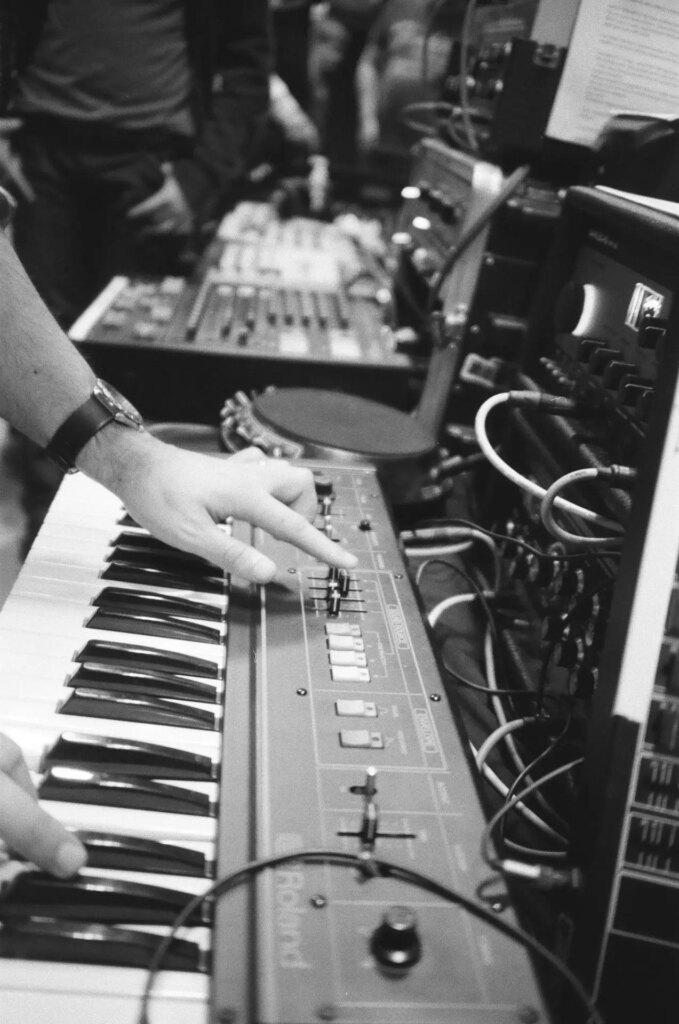
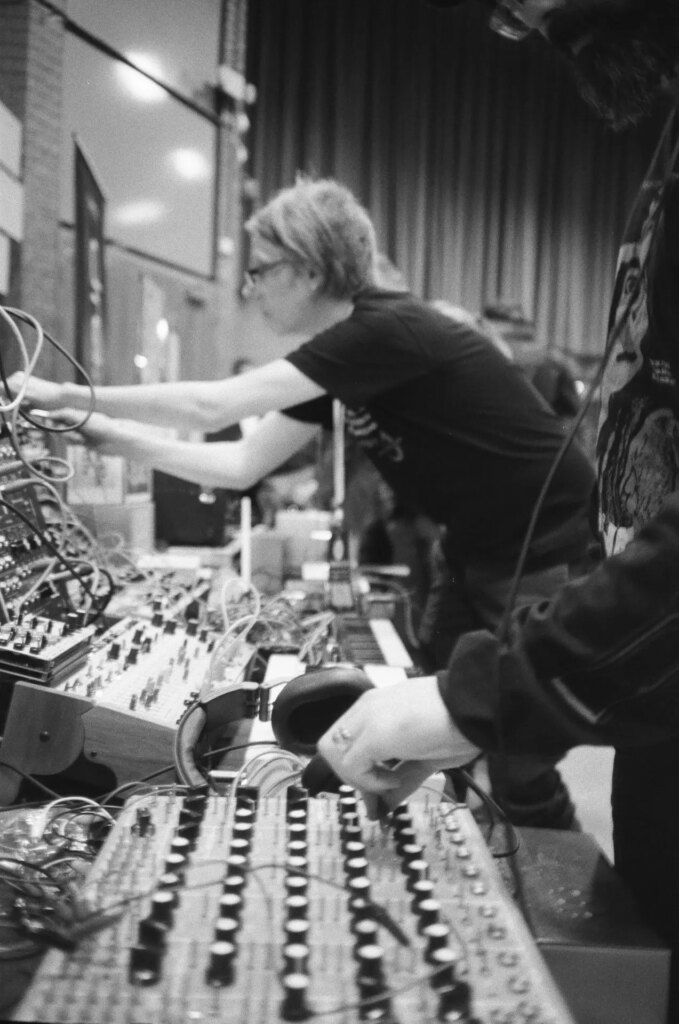
Have you used Rollei RPX400? What did you think of it? Let me know in the comments below.
All scans were developed and processed by Come Through Lab in Ancoats, Manchester.
Find them on instagram here: @comethroughlab
No post-processing or cropping was used for these images.
Thanks for reading, and I look forward to sharing more of my photos and experiences with this community soon.
You can find me on Instagram: @tedayre
Share this post:
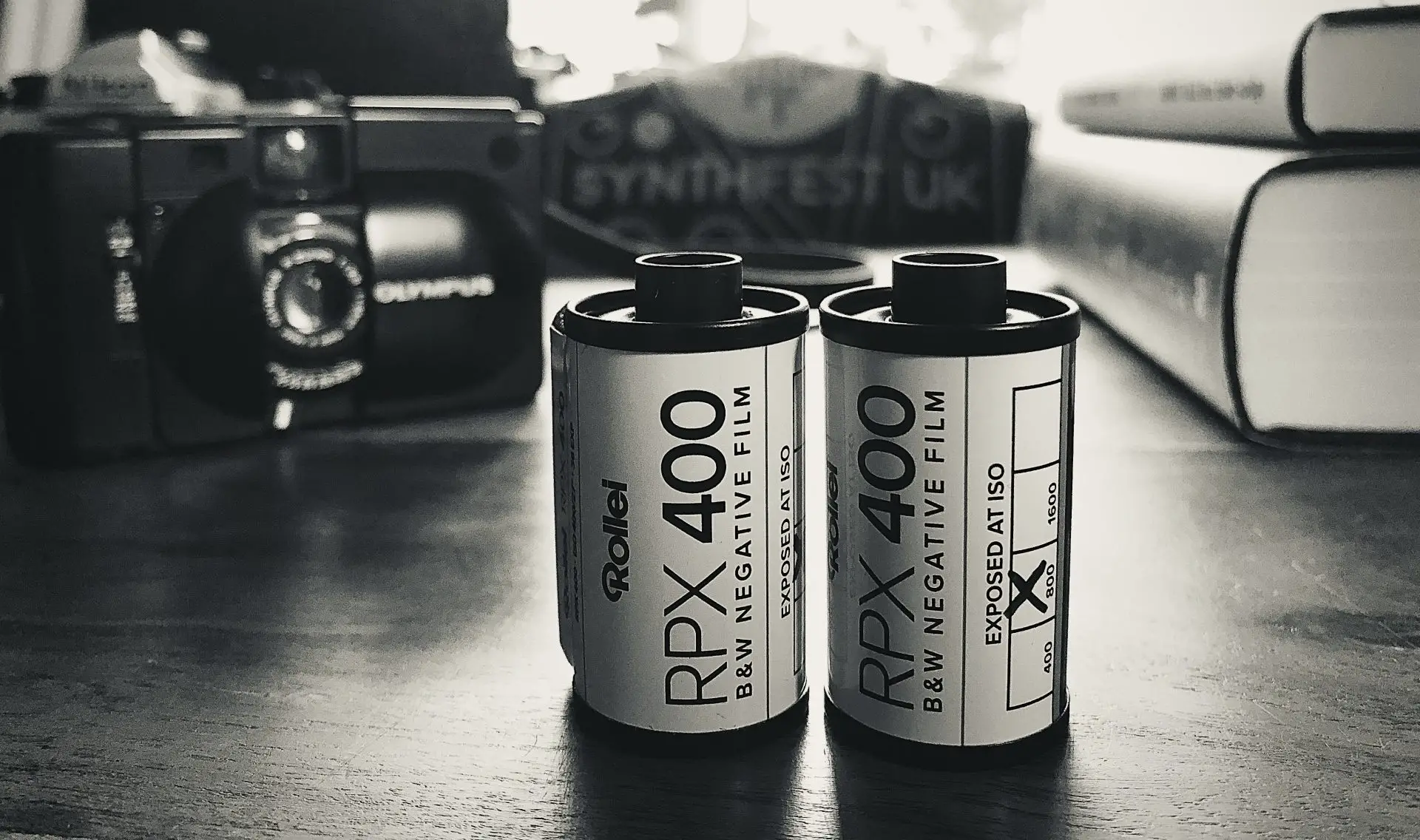


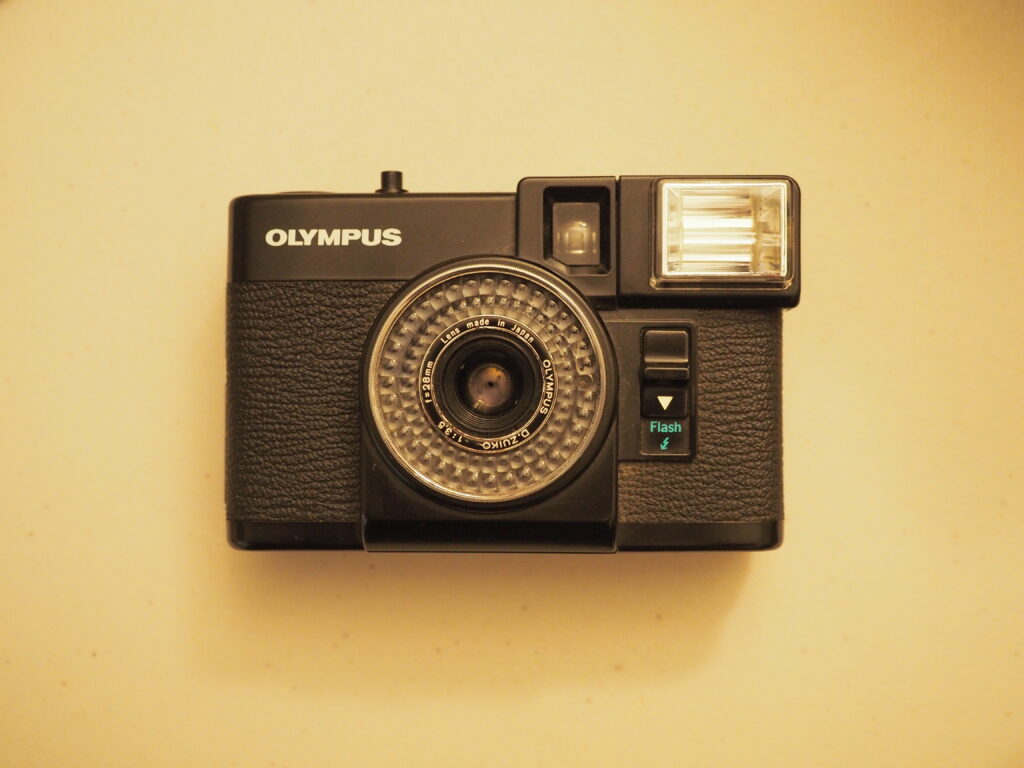
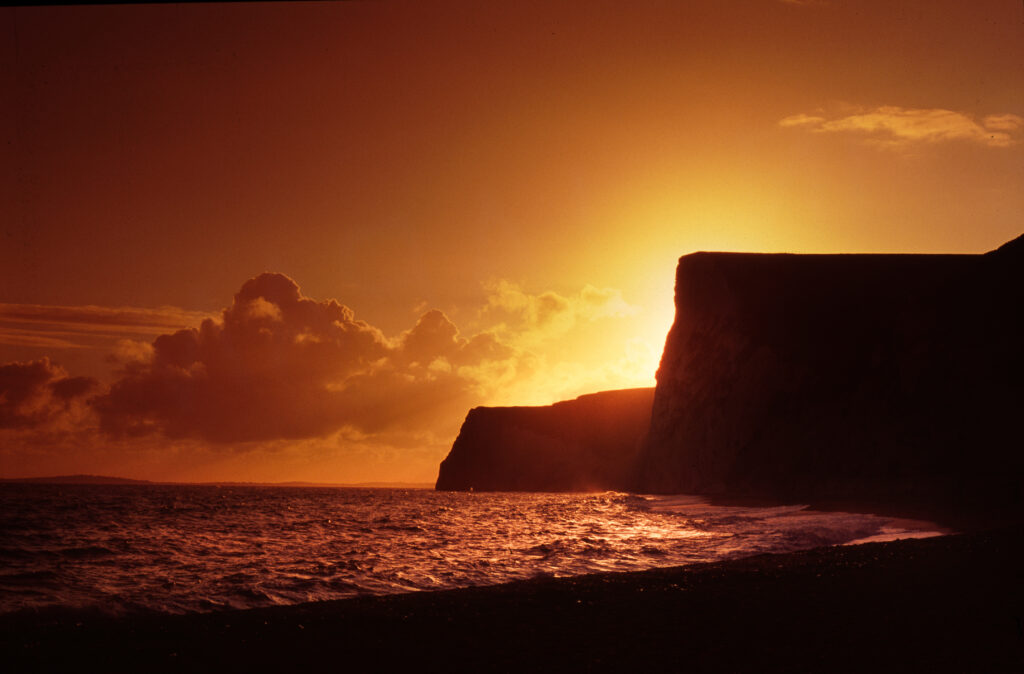




Comments
Rob on 5 Frames with Rollei RPX400 – pushed one stop at SynthFest, Sheffield – By Ted Ayre
Comment posted: 19/11/2022
Comment posted: 19/11/2022
Wes Hall on 5 Frames with Rollei RPX400 – pushed one stop at SynthFest, Sheffield – By Ted Ayre
Comment posted: 19/11/2022
Nice to see some examples from Come through lab, I stumbled upon their webpage and want to try them as a more local northern alternative, AW and Silverpan have been my usuals. How was turn around times?
Comment posted: 19/11/2022
Gorpalm on 5 Frames with Rollei RPX400 – pushed one stop at SynthFest, Sheffield – By Ted Ayre
Comment posted: 19/11/2022
Comment posted: 19/11/2022
Pete on 5 Frames with Rollei RPX400 – pushed one stop at SynthFest, Sheffield – By Ted Ayre
Comment posted: 19/11/2022
Comment posted: 19/11/2022
Kevin Thomas on 5 Frames with Rollei RPX400 – pushed one stop at SynthFest, Sheffield – By Ted Ayre
Comment posted: 20/11/2022
I think the pics look fine, especially given the lighting. And finding the right b&w film for you for a given situation can be an adventure.
Comment posted: 20/11/2022
Vlad Serebryany on 5 Frames with Rollei RPX400 – pushed one stop at SynthFest, Sheffield – By Ted Ayre
Comment posted: 23/11/2022
Comment posted: 23/11/2022